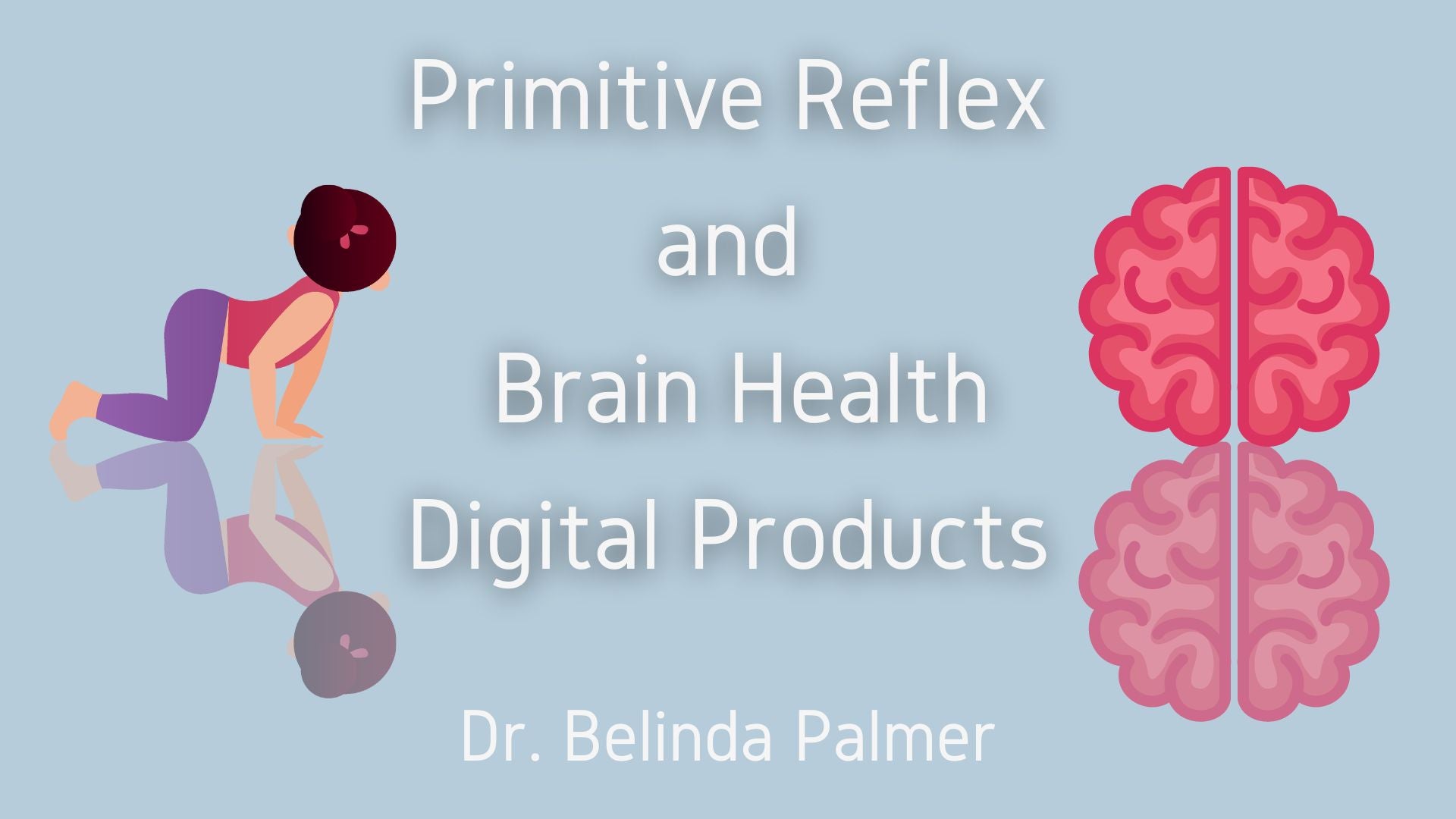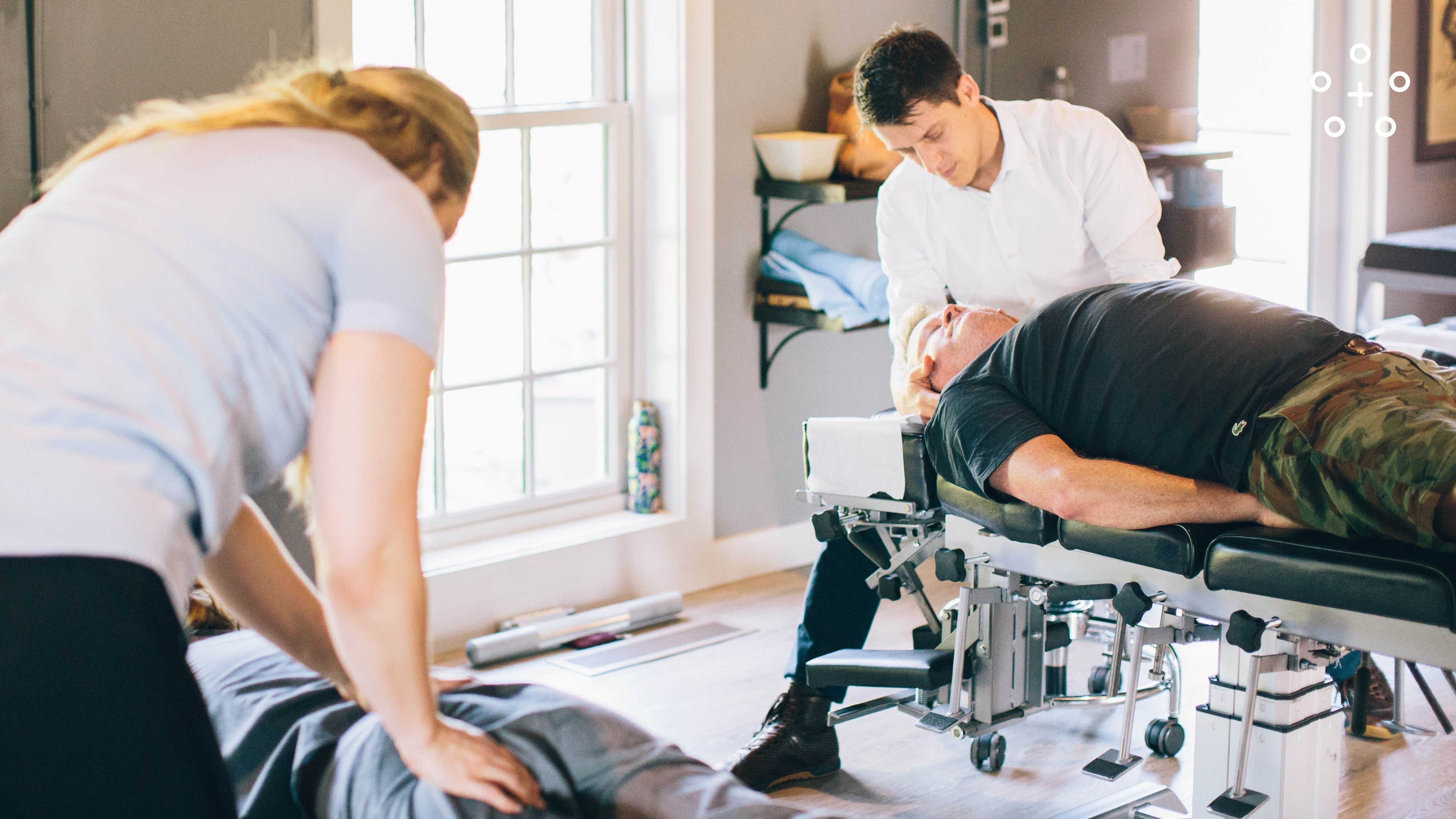Primitive reflexes are automatic movements directed from the brainstem that are observed in newborns and are supposed to gradually disappear as a child matures typically by the age of one. However, when these reflexes are retained beyond the normal age, they can interfere with motor skills, sensory perceptions, and cognitive development. Do you know the triggers of primitive reflexes, their motor and sensory responses? Knowing this can help how tailor exercises to effectively inhibit these reflexes, paving the way for improved physical and neurological functions.
Understanding Primitive Reflexes
Primitive reflexes, such as the Moro, ATNR (Asymmetrical Tonic Neck Reflex), STNR (Symmetrical Tonic Neck Reflex), and others, serve crucial roles in the developmental stages of a child. They help in the birthing process and in the early survival, ensuring infants respond appropriately to stimuli. However, when these reflexes persist, they can get in way of the ability to perform complex tasks, affect balance, coordination, and even impact sensory processing and learning abilities.
Triggers and Responses of Primitive Reflexes
Each primitive reflex is triggered by specific stimuli, here are a few examples:
- Moro Reflex is triggered by a sudden loss of support or loud sounds.
- ATNR is initiated when a baby turns their head to one side.
- STNR occurs when there is flexion or extension of the neck.
The responses are equally specific, involving involuntary movements that, if not integrated, can lead to challenges like poor attention spans, difficulties in reading and writing, and challenges in sports. Understanding these triggers and responses is crucial in designing exercises that help in the inhibition of these reflexes.
Designing Effective Exercises for Reflex Inhibition
Creating exercises to inhibit primitive reflexes involves using the motor and sensory responses as a foundation. For example, exercises that involve cross-body movements can help inhibit the ATNR reflex, which is essential for developing fine motor skills and coordination. Similarly, activities that promote neck muscle strength and stability can help inhibit the STNR reflex, facilitating better posture and motor control.
The key is to design exercises that are repetitive and involve the sensory and motor pathways utilized by these reflexes. This repetition helps the brain to develop new neural pathways, gradually reducing the reflex's impact and helping to integrate it properly.<<------
The Importance of Inhibiting Primitive Reflexes
Inhibiting primitive reflexes is crucial for normal sensory and motor development. Retained reflexes can lead to developmental delays, learning disabilities, and behavioral challenges. By addressing these reflexes through targeted exercises, children can achieve developmental milestones in a timely manner, which translates into improved academic performance and better overall health.
This is not only crucial during childhood but also has profound implications into adulthood. Adults with retained primitive reflexes may experience issues such as poor posture, sensory overload, and emotional imbalances. Often adults will have developed coping mechanism that at not helpful. Big signs of unhealth coping mechanisms are anxiety, depression, dizziness, and gut issues
Get Started with Our Free Moro Workbook
To help parents and therapists get started on this crucial developmental journey, we are offering a Free Moro Reflex Workbook. This resource is packed with information and exercises designed to help inhibit the Moro reflex effectively. You can download your free copy here.
Inhibiting primitive reflexes through targeted exercises is not just about overcoming developmental delays, it’s about unlocking the full potential of an individual’s physical and cognitive abilities. Start your journey today with our practical, easy-to-follow workbook, and witness the profound impact it can have on development.




